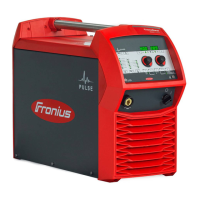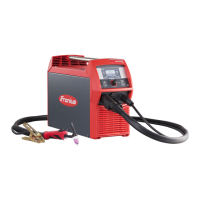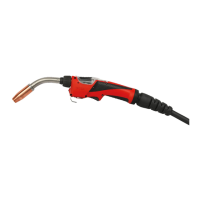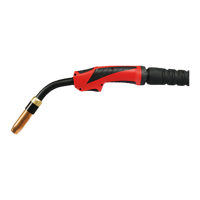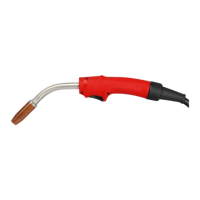61
EN
WireSense
General If OPT/i WireSense software activation is available on the power source, the surface, edg-
es and weld seams of a workpiece can be measured with the wire electrode.
The wire electrode functions as a sensor that can precisely scan a component by means
of high-frequency reversing wire movement.
Component geometries are recorded and the position of the individual sheets in relation to
each other is precisely determined.
Advantages:
- Quick and easy reaction to real component deviations
- No re-training - time and cost savings
- No additional hardware and a cost-effective alternative to laser sensors or other opti-
cal measuring systems
- No need to calibrate TCP and sensor
- Robust and compact measuring system without additional space requirements
Requirements WireSense only works
- With automated applications
- In conjunction with CMT system components WF 60i Robacta Drive CMT, SB 500i R
with wire buffer or SB 60i R and WFi Reel.
The CMT Welding Package is not required for the WireSense function.
How it works A sensor voltage with limited current is applied to the wire electrode. If the wire electrode
touches the component, a short circuit is created without welding. The short circuit is bro-
ken again by lifting the wire electrode.
The change in position of the wire electrode up to the short circuit is analysed by the power
source and sent as a height measurement signal to the robot control.
The height measurement signal is compared with the current position data of the robot con-
trol.
If there are differences, the robot can correct the Tool Center Point (TCP) or the respective
coordinate system and compensate component position changes accordingly.

